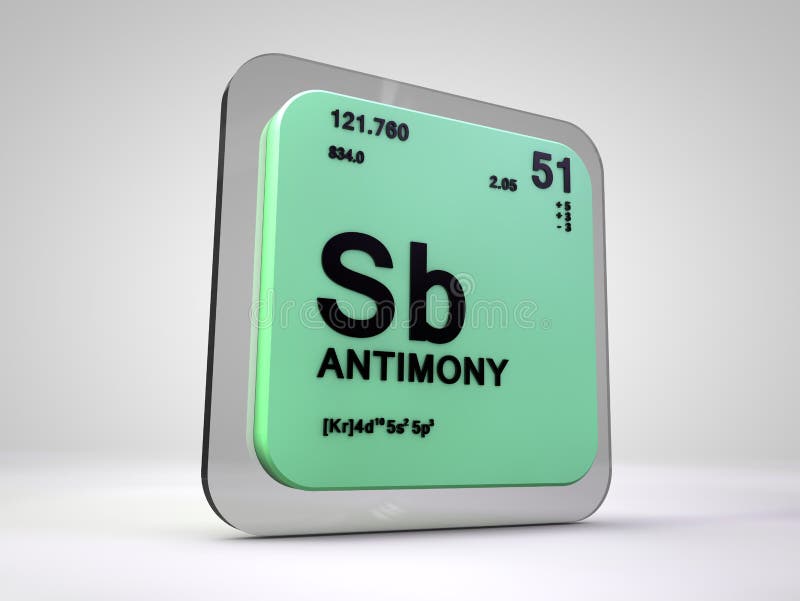
Lippmann conjectured a Greek word, ανθήμόνιον anthemonion, which would mean "floret", and he cites several examples of related Greek words (but not that one) which describe chemical or biological efflorescence. So does the hypothetical Greek word ἀντίμόνος antimonos, "against one", explained as "not found as metal", or "not found unalloyed". The popular etymology, from ἀντίμοναχός anti-monachos or French antimoine, still has adherents this would mean "monk-killer", and is explained by many early alchemists being monks, and antimony being poisonous. The origin of this is uncertain all suggestions have some difficulty either of form or interpretation. The medieval Latin form, from which the modern languages and late Byzantine Greek, take their names, is antimonium. The use of Sb as the standard chemical symbol for antimony is due to the 18th century chemical pioneer, Jöns Jakob Berzelius, who used this abbreviation of the name stibium. Littré suggests the first form, which is the earliest, derives from stimmida, (one) accusative for stimmi. The Arabic word for the substance, as opposed to the cosmetic, can appear as تحميض، ثمود، وثمود، وثمود ithmid, athmoud, othmod, or uthmod. Later Latin authors adapted the word to Latin as stibium. Pliny also gives the names stimi, larbaris, alabaster, and the "very common" platyophthalmos, "wide-eye" (from the effect of the cosmetic). The Greek word, στίμμι stimmi, is probably a loan word from Arabic or Egyptian sdm, and is used by the Attic tragic poets of the 5th century BC later Greeks also used στἰβι stibi, as did Celsus and Pliny, writing in Latin, in the first century AD. The Egyptians called antimony mśdmt in hieroglyphics, the vowels are uncertain, but there is an Arabic tradition that the word is ميسديميت mesdemet. Pliny the Elder, however, distinguishes between male and female forms of antimony his male form is probably the sulfide, the female form, which is superior, heavier, and less friable, is probably native metallic antimony. The ancient words for antimony mostly have, as their chief meaning, kohl, the sulfide of antimony. Antimony is used in electronics and flame-proofing, in paints, rubber, ceramics, enamels, drugs to treat Leishmania infection and a wide variety of alloys.

Yellow and black antimony are unstable non-metals. The stable form of antimony is a blue-white metalloid. A metalloid, antimony has four allotropic forms. Antimony (pronounced /ˈæntɨmɵnɪ/ AN-ti-mo-nee) is a chemical element with the symbol Sb (Latin: stibium) and atomic number 51.


 0 kommentar(er)
0 kommentar(er)
